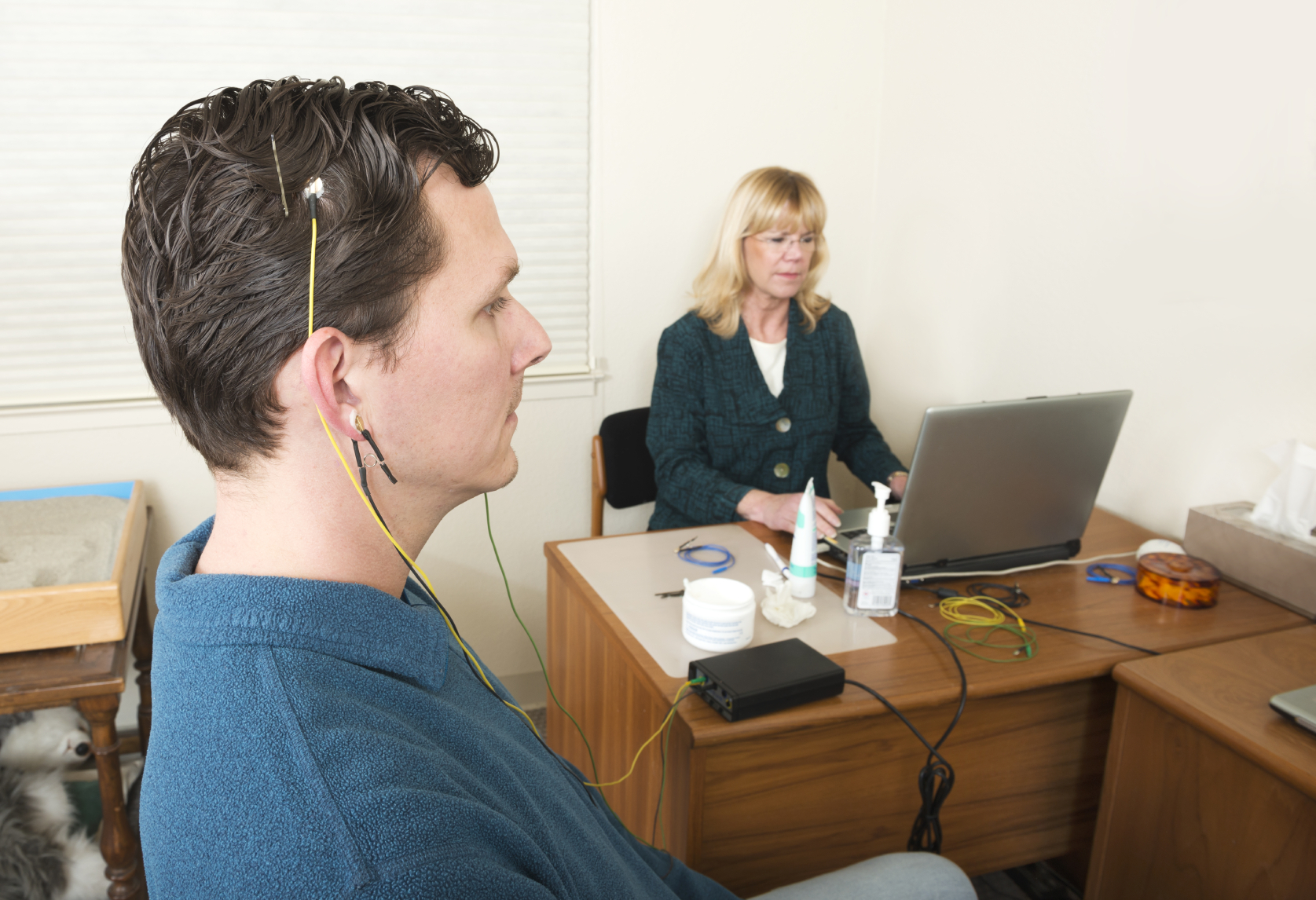Harnessing the Power of Bio-Feedback to Transform Chronic Pain Control and Enhance Quality of Living
Harnessing the Power of Bio-Feedback to Transform Chronic Pain Control and Enhance Quality of Living
Blog Article
Chronic pain is a syndrome that impacts millions of individuals across the world. It can be caused by various factors, including injuries, diseases, or even stress. For many individuals, controlling chronic pain can be a constant struggle that affects their quality of life. Traditional treatments often include drugs, physiotherapeutic therapy, and sometimes surgery. However, these approaches do not always offer the relief that individuals seek. Recently, biofeedback has surfaced as a promising option for controlling chronic pain and improving overall health.
Biofeedback is a method that teaches patients how to manage certain bodily processes by using signals from their own physiology. This method includes using sensors that track physiological functions such as heart rate, muscle tension, and skin temperature. By providing immediate feedback, patients can discover to identify their body's reactions to pain and stress. This awareness allows them to formulate strategies to manage their pain more efficiently. For example, if a person notices that their muscle tension increases when they are in pain, they can utilize relaxation techniques to help alleviate that tension.
One of the primary advantages of biofeedback is that it enables individuals to take an proactive role in their pain management. Instead of relying solely on medications or treatments from healthcare providers, individuals can learn to understand and control their own bodies. This sense of control can lead to increased confidence and a more positive outlook on life. Many patients report feeling more in charge of their pain and less like sufferers of their syndrome. This shift in perspective can significantly enhance their quality of life.
Studies has demonstrated that biofeedback can be beneficial in alleviating chronic pain indicators. Research suggest that individuals who employ biofeedback methods often undergo less pain and better physical function. Additionally, biofeedback can help lessen anxiety and stress, which are frequent concerns for those dealing with chronic pain. By tackling both the physical and psychological aspects of pain, biofeedback provides a comprehensive approach to pain control. This comprehensive method can lead to better outcomes for patients, allowing them to engage more fully in their routine activities.
In summary, biofeedback is a significant tool for transforming chronic pain control. By educating patients to comprehend and regulate their physiological reactions, biofeedback empowers patients to take charge of their pain. This approach not only helps reduce pain but also improves overall standard of life. As more individuals look for options click to read to traditional pain control methods, biofeedback emerges as a promising option. With continued research and recognition, biofeedback could turn into an essential part of chronic pain therapy, helping patients lead healthier, more fulfilling lives.